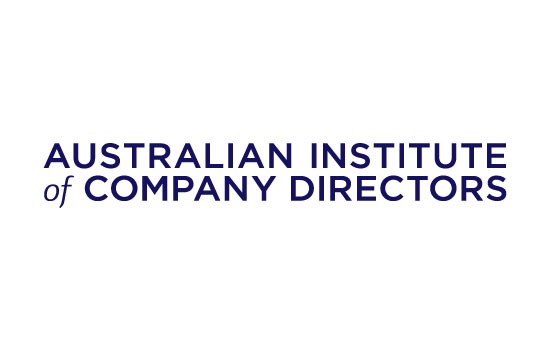
The recent article regarding the Prime Minister, Mr Tony Abbott, holding annual performance reviews with his ministers prompted me to think about how commonplace formalised evaluations have become across our society.
While once it was the preserve of CEOs to undergo performance reviews, it’s now commonplace for junior staff right through to the CEO and increasingly the board to complete performance reviews.
The fact that evaluations and reviews are more commonplace does not mean that they are necessarily done well nor are the outcomes particularly successful. There is a range of factors that can determine the success or otherwise of any review, including board performance evaluations.
Why are you evaluating the board and directors?
As board reviews are still relatively early in their widespread use, many directors (particularly those volunteer, NFP directors) may be surprised that their individual contribution as well as that of the board itself is being reviewed. Any introduction of a board review process needs to be carefully implemented so that directors understand the potential benefits of the process.
A successful board evaluation can get to the heart of matters that would not emerge through everyday board discussions. The evaluation, for example, can identify individual directors skill sets on specific issues (eg. strategy, risk, financials) and identify potential issues between the chair and the board or issues around the interaction between individual directors.
What and who are you evaluating?
Board evaluations will generally evaluate individual directors, the specific role of the chair, and the performance of the board as a whole. However the organisation may determine that its first review would focus on the board as a whole to ensure that the directors are comfortable with the process before moving on to individual director reviews.
The Governance Analysis Tool implemented recently by Company Directors enables the evaluation to be done in 4 different quadrants, each with a unique set of questions. These quadrants include individual, board, organisational and stakeholder, with the combination of these segments providing a whole of organisation perspective.
What do we do with the results?
Perhaps the most difficult question is what to do with the results of a board review. The review is generally not used to point the finger at individual director’s performance, but rather to use it as a way to identify future development needs of an individual or whole of board. A well facilitated review will explore specific issues for improvement and also build on areas in which the board is very successful.
Most importantly, a review that is professionally implemented can lead to a board which is confident in implementing the organisation’s mission while also recognising its weaknesses and areas for improvement.

